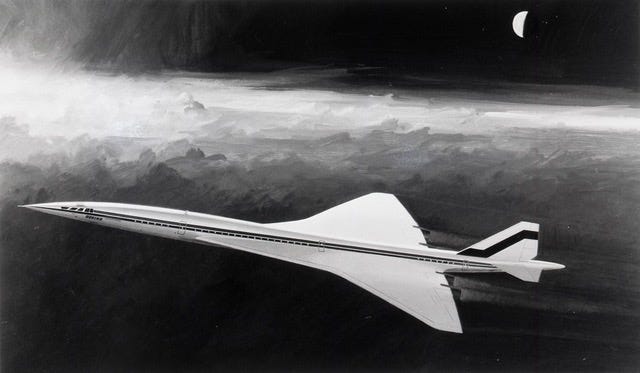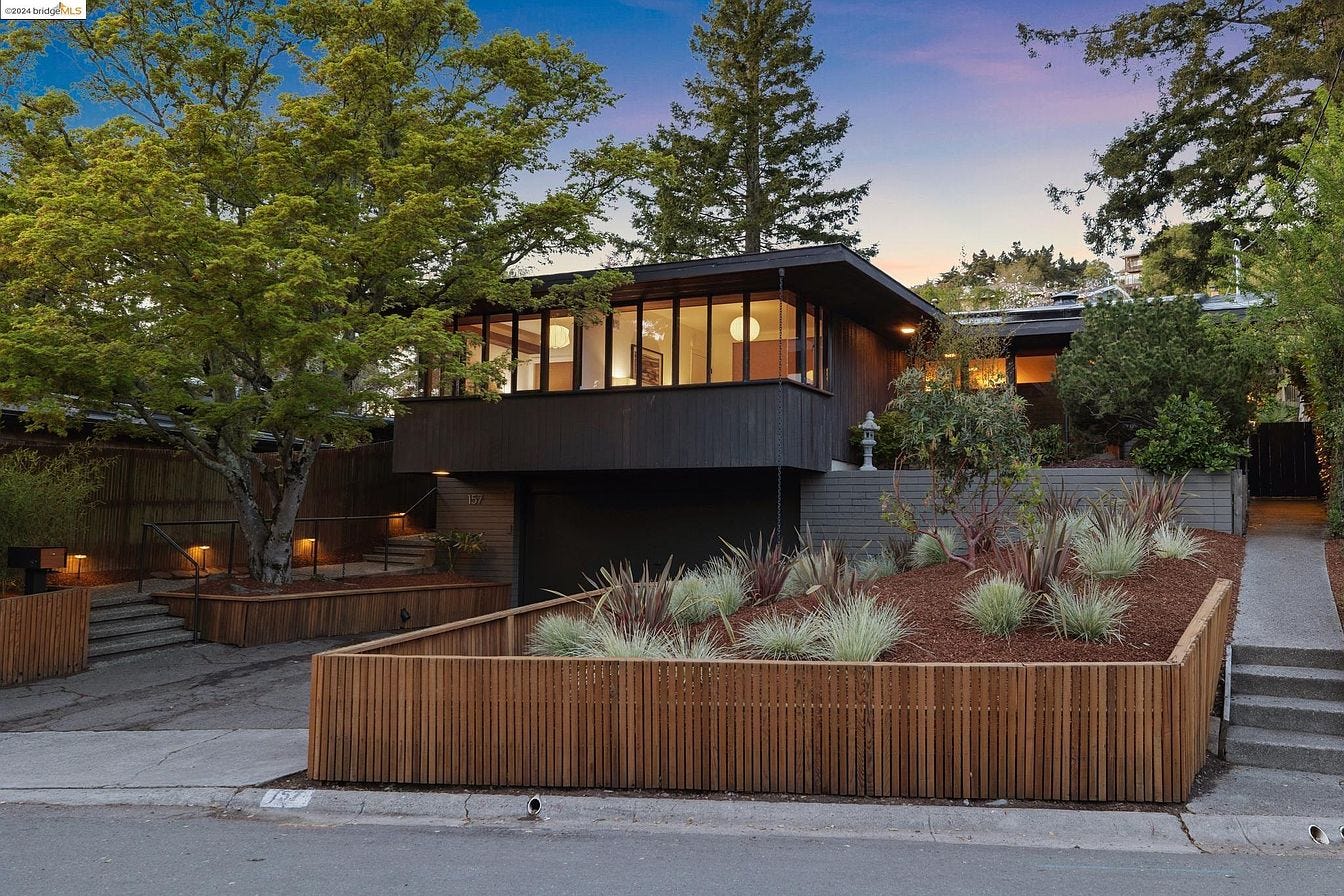The Forgotten Concorde and the Dream of Super Sonic Travel
Curated Mid-Century Modern Home Listings from Across the U.S.A.
Today’s post was written by guest author Trevor Dalton. Trevor is a freelance photographer and filmmaker who splits his time between Los Angeles and New England.
It’s November 1962 and the Concorde project has just been announced to the world. A groundbreaking joint venture between the British and French has been formed with an audacious vision; bring Super Sonic Travel (SST) to commercial travelers. The most optimistic of outlooks for the future of the ever-connected modern world centers on a plane that can cross the Atlantic Ocean in just three hours.. Three days after the Concorde announcement, President Kennedy is briefed that the U.S. must start their own SST program to stay competitive in aerospace and maintain a super sonic superiority.




President Kennedy introduces America’s National Super Sonic Transport program on June 5, 1963 and thus starts the race for super sonic travel in the United States. The FAA's requirements for the project included super sonic travel (above Mach 2), capacity for 150 passengers, and for airlines to operate the jet at a ‘similar cost’ to that of a subsonic jet.
While several U.S. manufacturers competed for the contract, Boeing's Model 733 was ultimately chosen. Air travel in the 1960’s was still considered a luxury, but the 733 would be the most advanced passenger plane yet. The proposed design would include a delta wing similar to that of the Concorde but the 733 would be a much larger jet. A titanium based wide-body design with a 2-3-2 layout for up to 300 passengers. The jet would feature overhead storage, a first class cabin, and even retractable televisions. Unlike the Concorde, it would also feature a swing-wing design to allow for better control at takeoff and landing. But all the complexity proved challenging for Boeing, running into several issues during production. Designs were adjusted: adding canards and removing the swing-wing. The jet's size would also be shrunk down, removing close to 70 passenger seats. This more realistic redesign would be known as the Model 2707.
Boeing’s woes in Super Sonic Travel did not stop there, however. Sonic boom testing in 1964 proved unpopular and concerns of a "global gloom" from the emissions of the jets were becoming more prevalent. An anti-SST movement had started to gain momentum. With budget increases and continuous delays, the Model 2707 and SST programs stalled out before their ultimate cancellation.
The world in 1971 was a much different place than it was a decade prior and thus the world was left with two options in SST category - The Concorde and the Soviet built TU-144.
Check out the 1967 Boeing 2707-100 Promo Video here:
GEMS FOR SALE THIS WEEK
2977 Passmore Dr, Los Angeles, CA 90068
1500 Lakeview Boulevard E, Seattle, WA 98102 🤷♂️
157 Fairlawn Dr, Berkeley, CA 94708
Upgrade to a paid account to see more curated listings:
Keep reading with a 7-day free trial
Subscribe to Mid-Century Mondays to keep reading this post and get 7 days of free access to the full post archives.






